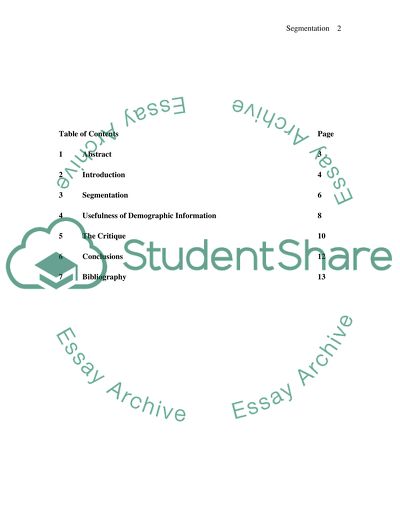Cite this document
(Usefulness of Demographic Information in Segmentation Coursework, n.d.)
Usefulness of Demographic Information in Segmentation Coursework. Retrieved from https://studentshare.org/marketing/1541706-markets-marketing
Usefulness of Demographic Information in Segmentation Coursework. Retrieved from https://studentshare.org/marketing/1541706-markets-marketing
(Usefulness of Demographic Information in Segmentation Coursework)
Usefulness of Demographic Information in Segmentation Coursework. https://studentshare.org/marketing/1541706-markets-marketing.
Usefulness of Demographic Information in Segmentation Coursework. https://studentshare.org/marketing/1541706-markets-marketing.
“Usefulness of Demographic Information in Segmentation Coursework”. https://studentshare.org/marketing/1541706-markets-marketing.


